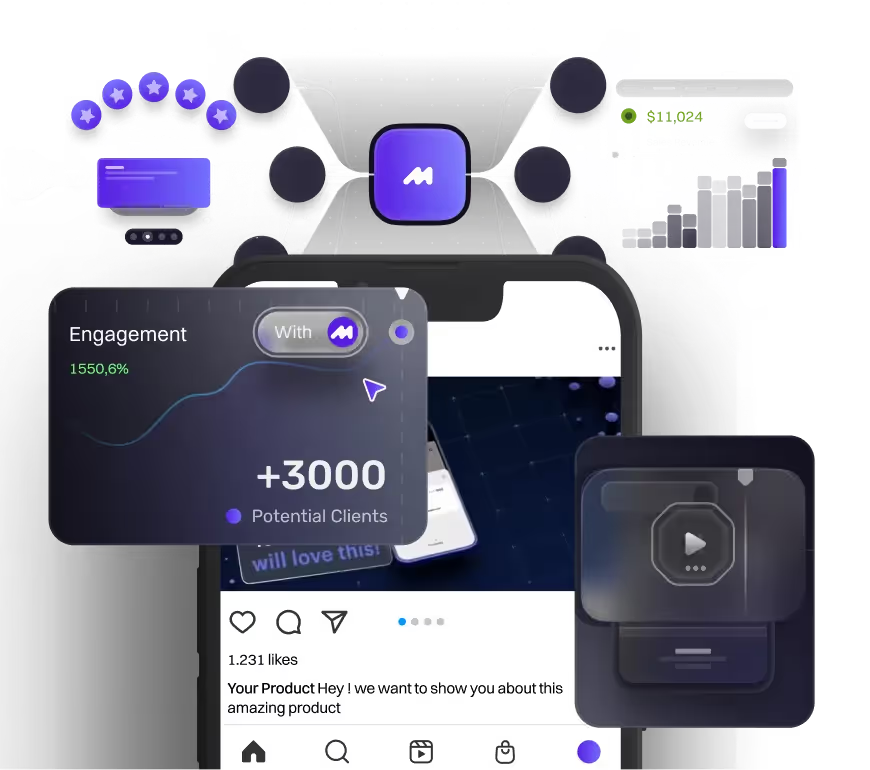Getting the Best Out of DaaS: Communication, Priorities, and Value

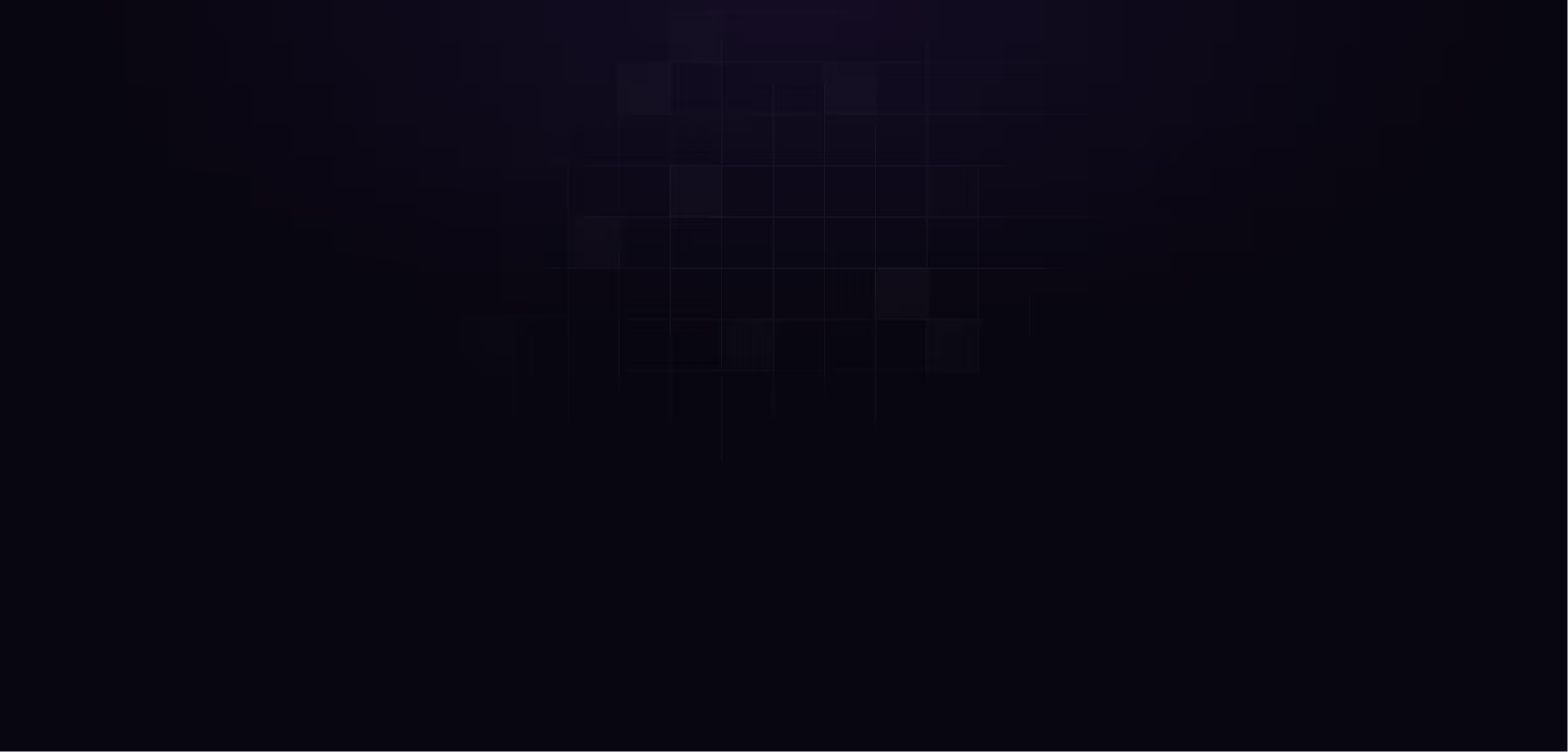
If you’ve landed on this blog, you’ve probably noticed it too. Startups are growing fast these days, and that might sound familiar if your team is scaling quickly. As companies grow, so does the demand for design—whether it’s for marketing campaigns, product visuals, or brand collateral. Suddenly, there’s a steady need to create, update, and keep everything looking sharp and consistent.
This is exactly why Design-as-a-Subscription (DaaS) exists. It’s a smart, scalable alternative to traditional agencies or hiring in-house. Like we talked about in our blog, “Hiring Designers: Should You Go In-House or Try a Design Subscription?”, DaaS works because you pay a flat monthly fee and get ongoing design support that’s fast, flexible, and way less complicated.
But as a client, you might be thinking, “How do we actually get the most value out of DaaS?” And honestly, it depends on your needs and how your team operates. Every company works a little differently. That said, the first step is simply understanding what you're signing up for. Know how the model works, what it offers, and whether it makes sense for the way your business runs.
How Do We Get to Know DaaS? Communication is Key
While putting this blog together, we noticed something that came up a lot. Many clients who weren’t happy with their DaaS experience pointed to the same issue: poor communication. And honestly, we get it. In traditional agency setups, it's pretty normal to have a kickoff call, go quiet for a bit, then reconnect when it's time for revisions.
But that approach doesn’t really work in a subscription model.
With DaaS, it’s more of an ongoing partnership. If both sides aren’t staying in sync, things can quickly go off track. Common issues like missed expectations, unclear feedback, or delayed timelines tend to pop up. And when that happens, everyone ends up frustrated or just burned out.
Good design relies on good communication. It's what keeps the process smooth, the results aligned, and the whole experience actually worth it.
Well, How Motion The Agency Handling This Communication Issues?
As we have mentioned in a lot of our contents we came from motion design agency first before we start taking content design in general, and later turn into a DaaS services. The way our workflow run smoothly like right now does not come right away, we definitely went through a trials and errors process. and through that we come up with some communications tricks:
Easily Accessible Communication Platform
One thing we picked up on pretty quickly is that not everyone lives in their inbox. And when you're working on tight timelines, relying only on email can really slow things down. That’s why we use Slack to keep communication simple and responsive. Our project manager sets up a shared channel and loops in the client’s main point of contact, so we can stay aligned without messages getting lost in long threads. It’s where we share updates, flag anything that needs clarity, and keep momentum going throughout the project.
For video projects, we use Frame.io to streamline the feedback process. Clients can leave comments directly on the timeline, making it easy to pinpoint exactly what needs to change and where. This keeps revisions focused and efficient, while saving everyone time. Clear tools and open lines of communication help us move faster and, more importantly, build trust with our clients. That kind of connection is what turns a good working relationship into a strong creative partnership.
Clear Turnaround Cycle
Some of our subscription packages include the option to choose a super fast delivery. What does that mean exactly? A one-day turnaround time. We treat these as high-priority requests and share progress updates every 24 hours, so clients always know where things stand and how close we are to wrapping things up.
Not every project needs that level of speed though. Our standard delivery is a three-day turnaround with medium priority. During onboarding, we explain how both cycles work, how our “two active projects at a time” system operates, and how to submit more than two tasks by setting up a clear priority list. Taking the time to walk through this upfront not only keeps things running smoothly—it also helps clients feel more confident and less stressed about how things are moving. When everyone’s on the same page, the whole process just flows better.
Real-time Project Tracking Tools
Once you're all set up with your subscription, we’ll walk you through your project dashboard — built in Notion for easy, anytime access. It’s simple, intuitive, and designed to keep everything transparent. You’ll be able to see how many monthly credits you have left, how many you've used, what projects are in the queue, and what kind of work we’re currently tackling for you. We also drop updates and notes directly in the dashboard, so you're always in the loop without needing to chase down information. It’s all about making things easier, faster, and way less stressful.
For us, everything starts with a clear conversation. Understanding what our clients need and how we can support those goals means being upfront about expectations on both sides. When there's open communication and mutual trust, it sets the foundation for a strong, long-lasting partnership—and that’s exactly what we aim for with every client we work with.
“Clear communication is important for us to built trust, and trust builds long-term partnerships.”
Sam Jupp - Motion The Agency’s CEO
Creative-First Approach vs. IT-Led Design
When it comes to design support, there’s no one right answer—it really depends on what your team values most. If your goal is speed, structure, and just getting something live, an IT-led setup might check those boxes. But if you’re thinking about long-term brand storytelling, how your product feels, and what makes it stand out, a creative-first approach might be a better fit.
The real question is, what does your business actually need right now? Are you trying to ship fast, or are you building something that needs to connect on a deeper level? Tools like GoDaddy’s AI web builder can get you up and running quickly, but they often miss the strategy, personality, and emotional impact that come from a human-led design process. It’s not about one being better than the other—it’s about what makes the most sense for where you’re headed.
Which Pain Point You Need Help With
Just like any other product and services DaaS exist because there is a market of audience that have the needs for the constant creative project. even though the product that they seek is the same (DaaS) usually their needs might be differ from one another, and it is important to make sure to know what pain point you need to elevate before deciding which agency you want, worst case scenario they cannot fulfils your needs.
We have differentiate 2 audience group that tend to seek DaaS services, and their general needs. The question is which one are you:
Start-up/Scale-up Struggles
While you're heads-down building your brand and product, it's easy for marketing collateral to take a back seat. But the truth is, all those supporting assets like pitch decks, social posts, and landing pages play a big role in how your brand shows up. This is where DaaS really comes in. A design subscription gives you fast, flexible creative support that keeps things moving. Whether you're prepping for an investor pitch or rolling out a campaign, you have a creative team ready to jump in when you need it.
Another big reason startups turn to DaaS is budget. Most early-stage teams aren't quite ready to hire in-house, and juggling multiple freelancers can quickly get messy. Between changing price points, inconsistent timelines, and varying styles, it can be tough to stay aligned. DaaS keeps things simple. With a flat monthly rate, unlimited design requests, and quick turnaround times, you get consistent, scalable creative support that actually fits your brand and your pace.
What About More Established Company?
Their needs might look a little different from startups, but the challenges are just as real. For more established companies, projects tend to be more complex and focused on specific aspects of the product or brand. The teams are larger, the expectations are higher, and the work often requires multiple creative roles that aren't always practical to hire for internally, especially if it's just for one campaign or seasonal push.
This is where DaaS can really make a difference. Enterprise and corporate marketing teams are not just looking for extra hands. They're looking for a creative partner who brings fresh ideas, takes initiative, and understands how to work as part of a fast-moving team. Structure becomes just as important as creativity. They need a dedicated creative team, a clear priority system, and the flexibility to scale output without pushing past their budget. The right DaaS setup can help them stay on brand, work more efficiently, and avoid the bottlenecks that come during high-demand seasons.
So, where does your team fit? Do you need a quick-turnaround model with flexible, unlimited design support? Or are you looking for a more structured and collaborative creative partner with clear boundaries and prioritization? To get the most value out of DaaS, it starts with knowing what kind of partnership you actually need.
Where DaaS Agencies Fall Short

While researching design subscription platforms on G2 reviews, we noticed a few recurring pain points. S* Agency for example, was often mentioned for having slow or unresponsive communication, which can make it tough to keep up with fast-paced projects. C* Agency on the other hand, is limited in both tools and communication — most client interactions happen through email, which can quickly become inefficient when you’re juggling multiple requests.
It’s not just about communication, either. Many users pointed out that the revision process can feel clunky when the right tools aren’t in place. Without seamless collaboration, even simple updates can lead to long back-and-forths and delayed timelines.
That’s why we’ve built our workflow around clarity, speed, and collaboration. Depending on the project, we use Slack, Frame.io, Figma, and Notion to keep everything organized and easy to access. Clients get regular updates, fast feedback cycles, and full visibility into what’s happening — because when the communication flows, the creative process does too. You can check out more about how we interact with clients in our case studies!
Wait, what about In-House Hiring?
Interestingly enough, we’ve already covered this topic in more detail in our blog, “Hiring Designers: Should You Go In-House or Try a Design Subscription?”. But to keep it simple, not every company needs or has the budget for a full in-house creative team. The right fit (whether its DaaS or In-house hire) really comes down to how your team is structured, what kind of creative support you're looking for, and what makes the most sense for where you are in your growth.
But this article we are talking about value, so let break it down a little bit more
Looking at the table above, you might be thinking, “Wait… is hiring in-house really that expensive?” And yes, it is. We pulled average annual salary data for each role from Indeed to give you a realistic snapshot of what it actually costs to build a full creative team. When you add up salaries for a designer or animator, project manager, developer, and copywriter, not to mention the tools and software they’ll need, it quickly becomes a major investment. It’s not just about the paycheck. It’s the full package that comes with hiring and managing a team internally.

Both in-house creative teams and DaaS come with their own advantages. In-house gives you a fully integrated team with daily collaboration, which can be a strong asset for long-term, high-volume creative work. But hiring a full in-house team is a big commitment—and not every company is ready to take that on.
Unless your company has a steady stream of content to publish every day or is constantly running complex campaigns, building a full internal creative team might not be the best use of your budget.
DaaS offers a solid alternative. You still get a dedicated creative team, but without the overhead or long-term financial commitment. It’s flexible, quick to set up, and gives you predictable costs while covering a wide range of design needs.
Conclusion
To get the most out of any DaaS setup, the first step is understanding what your company actually needs. Are you looking for speed, consistency, or a creative partner who truly understands your brand? Taking the time to define those needs upfront helps you make smarter decisions and ensures you’re getting real value from your investment.
Design-as-a-Subscription gives you access to reliable, high-quality creative support without the overhead of building a full in-house team. It’s flexible, fast, and built to adapt to how modern teams operate — especially when you’re juggling tight timelines and shifting priorities.
At Motion, we do things a little differently. We combine creative excellence with streamlined workflows to help you move faster without sacrificing quality. You’re not just getting great design work — you’re getting a team that’s aligned with your goals and ready to jump in where it counts.
If you’re curious about how DaaS could work for your team, book a call with us. We’re happy to walk you through the process, answer your questions, and see if it’s the right fit. You can also check out our subscription pricing to get a closer look at what’s included.
table of content
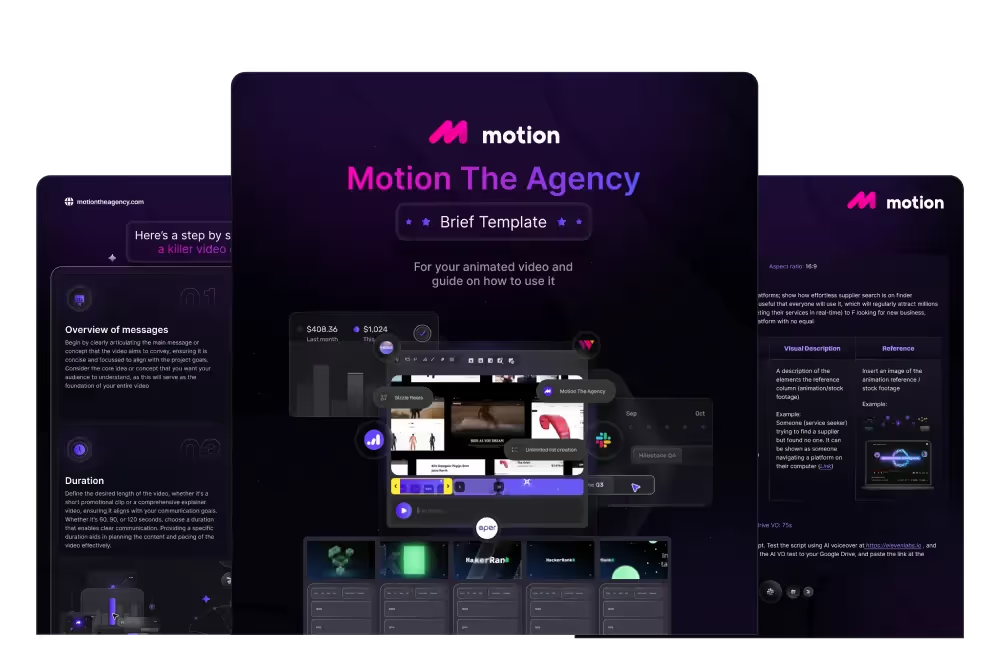
creative brief

Contact Us
Ready to elevate your brand? Contact us for your
Free Custom Video Sample
